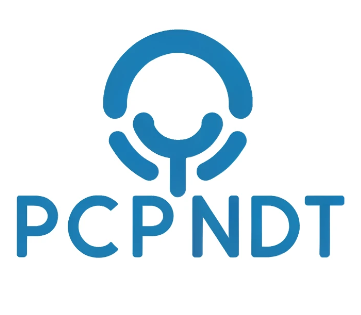AI-Powered Claims vs Manual Processing: AI-Powered Claims Processing offers speed, accuracy, and scalability, making it efficient for handling large volumes of claims. Manual Processing provides personalized service, flexibility in unique cases, and opportunities for skill development among employees. Combining both methods can optimize the claims processing workflow for insurance companies.
In the realm of insurance, the processing of claims plays a vital role in ensuring timely reimbursements and customer satisfaction. Manual processing has always been the standard, with human adjusters carefully examining claims, verifying documents, and rendering decisions. But the emergence of artificial intelligence (AI) has brought about a revolutionary change, providing a more efficient, precise, and quick method of processing claims. This blog look into the distinctions between manual and AI-powered claims processing, emphasizing the advantages and disadvantages of each approach.

AI-Powered Claims
AI-powered claims processing leverages machine learning algorithms and natural language processing to automate and streamline the entire claims lifecycle. By analyzing vast amounts of data, AI systems can accurately assess claims, detect fraud, and expedite the approval process. These systems can also learn from historical data to improve accuracy and efficiency over time, ultimately enhancing the overall customer experience.
Benefits
- Increased Efficiency: AI systems can process claims faster and more accurately than manual methods, reducing processing times and improving operational efficiency.
- Fraud Detection: AI algorithms can detect patterns indicative of fraudulent claims, helping insurance companies mitigate risks and protect against financial losses.
- Enhanced Customer Experience: By automating routine tasks and providing faster claim resolutions, AI-powered systems can enhance customer satisfaction and loyalty.
- Cost Savings: Automation of claims processing through AI can lead to cost savings for insurance companies by reducing manual labor and improving accuracy.
Challenges and Considerations
- Data Security: Ensuring data security and privacy is paramount when using AI in claims processing.
- Transparency: Policyholders need to understand how AI is used in their claims process.
- Human Interaction: While AI can automate many tasks, human interaction remains essential for complex cases and building customer relationships.
Manual Processing
Manual claims processing involves human intervention at various stages of the claims lifecycle, from data entry to assessment and approval. While manual processing allows for personalized attention to each claim, it is often slower, more prone to errors, and can result in delays in claim settlements.
Benefits
- Personalized service and human touch.
- Flexibility in handling unique cases.
- Quality control and error detection.
- Skill development and training opportunities for employees.
Challenges
- Time-Consuming: Manual processing can be time-consuming, leading to delays in claim settlements and customer dissatisfaction.
- Error-Prone: Human errors in data entry and assessment can result in inaccuracies and discrepancies in claims processing.
- Limited Scalability: Manual processing may struggle to handle large volumes of claims efficiently, especially during peak periods or unexpected events.
AI-Powered Claims vs Manual Processing
| Key Differences | AI-Powered Claims Processing | Manual Processing |
|---|---|---|
| Speed | Faster processing times | Slower processing times |
| Accuracy | High accuracy rates | Prone to human errors |
| Scalability | Efficient for large volumes | Limited scalability |
| Fraud Detection | Advanced fraud detection | Relies on manual checks |
| Personalization | Limited personalization | Offers personalized service |
| Cost Efficiency | Potential cost savings | Labor-intensive and costly |
| Skill Development | Limited human involvement | Opportunities for skill development |
Which one is better?
The choice between AI-Powered Claims Processing and Manual Processing depends on the specific needs and priorities of the insurance company. AI-Powered Claims Processing offers advantages in terms of speed, accuracy, scalability, and cost efficiency, making it a preferred option for handling large volumes of claims efficiently. On the other hand, Manual Processing provides personalized service, flexibility in handling unique cases, and opportunities for skill development among employees. Ultimately, the best approach may involve a combination of both methods to leverage the strengths of each and optimize the claims processing workflow.
The Future of Claims Processing
AI is not replacing human workers, but rather augmenting their roles. By taking on repetitive and time-consuming tasks, AI frees up adjusters to focus on more complex and sensitive issues, ultimately improving the overall claims experience.
The future of claims processing lies in a hybrid approach that combines the power of AI with the human touch. This will create a faster, more efficient, and more accurate system that benefits both policyholders and insurance companies.
Conclusion
The adoption of AI-powered claims processing represents a significant advancement in the insurance industry, offering increased efficiency, fraud detection capabilities, and cost savings. While manual processing provides a personalized touch, AI technology is reshaping the way insurance companies handle claims, leading to improved operational performance and customer satisfaction. By embracing AI-powered solutions, insurance companies can stay ahead of the curve and deliver a seamless claims experience to policyholders.
